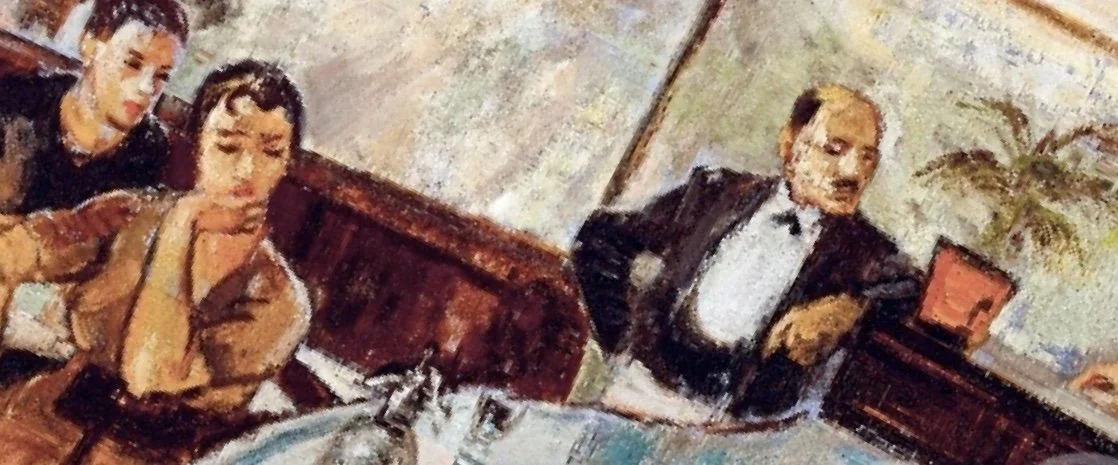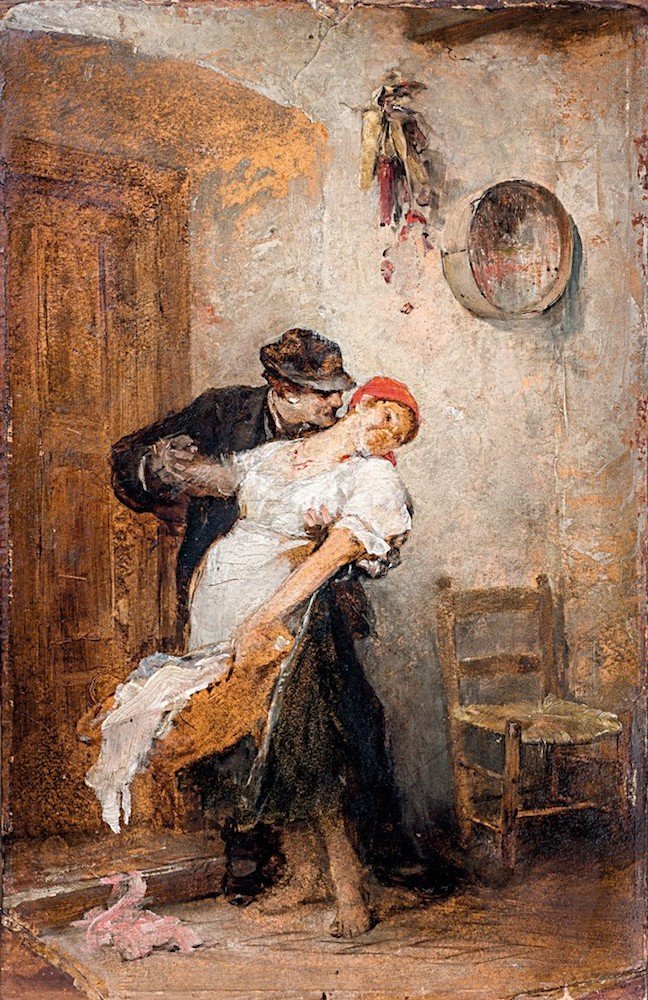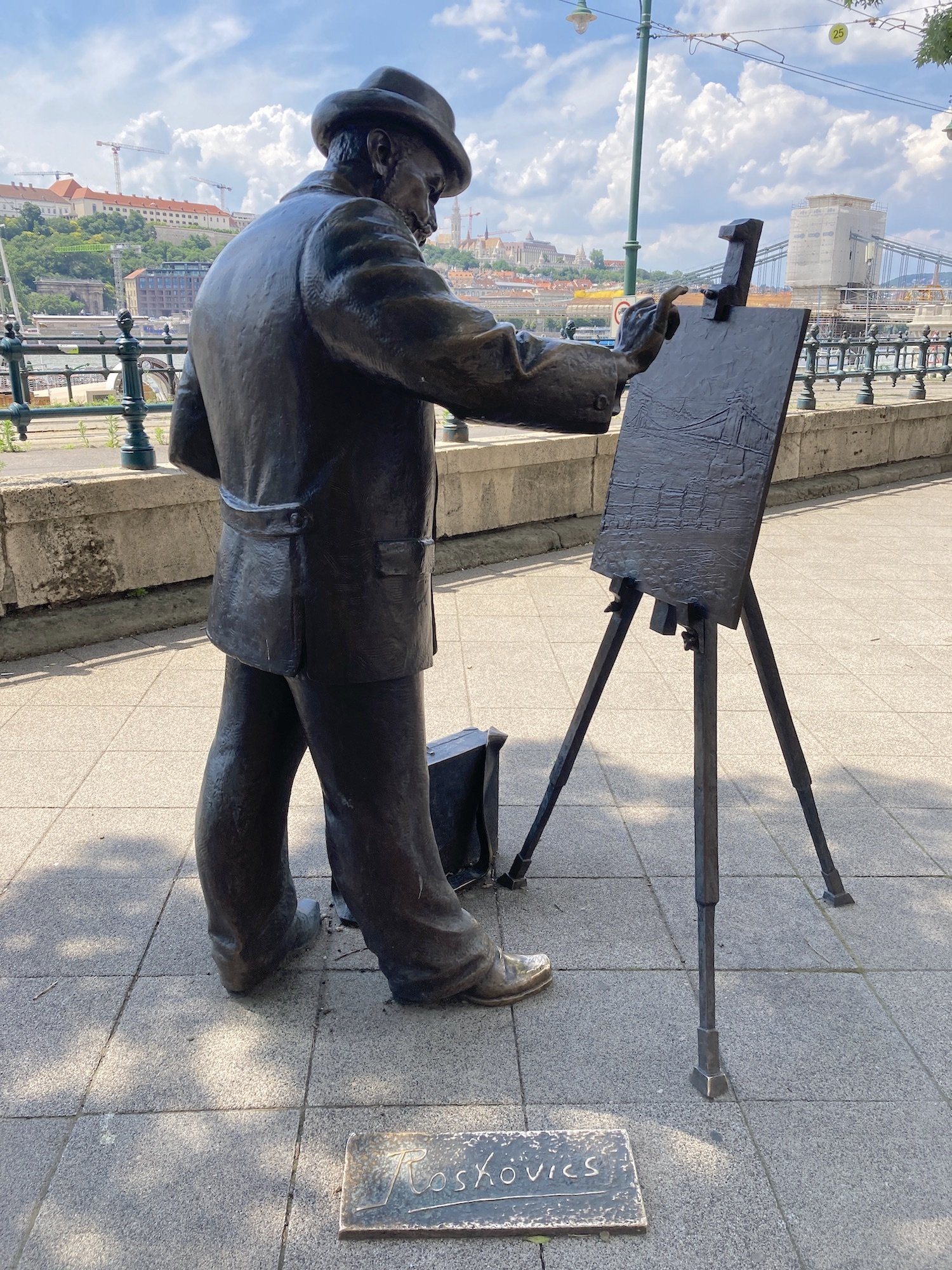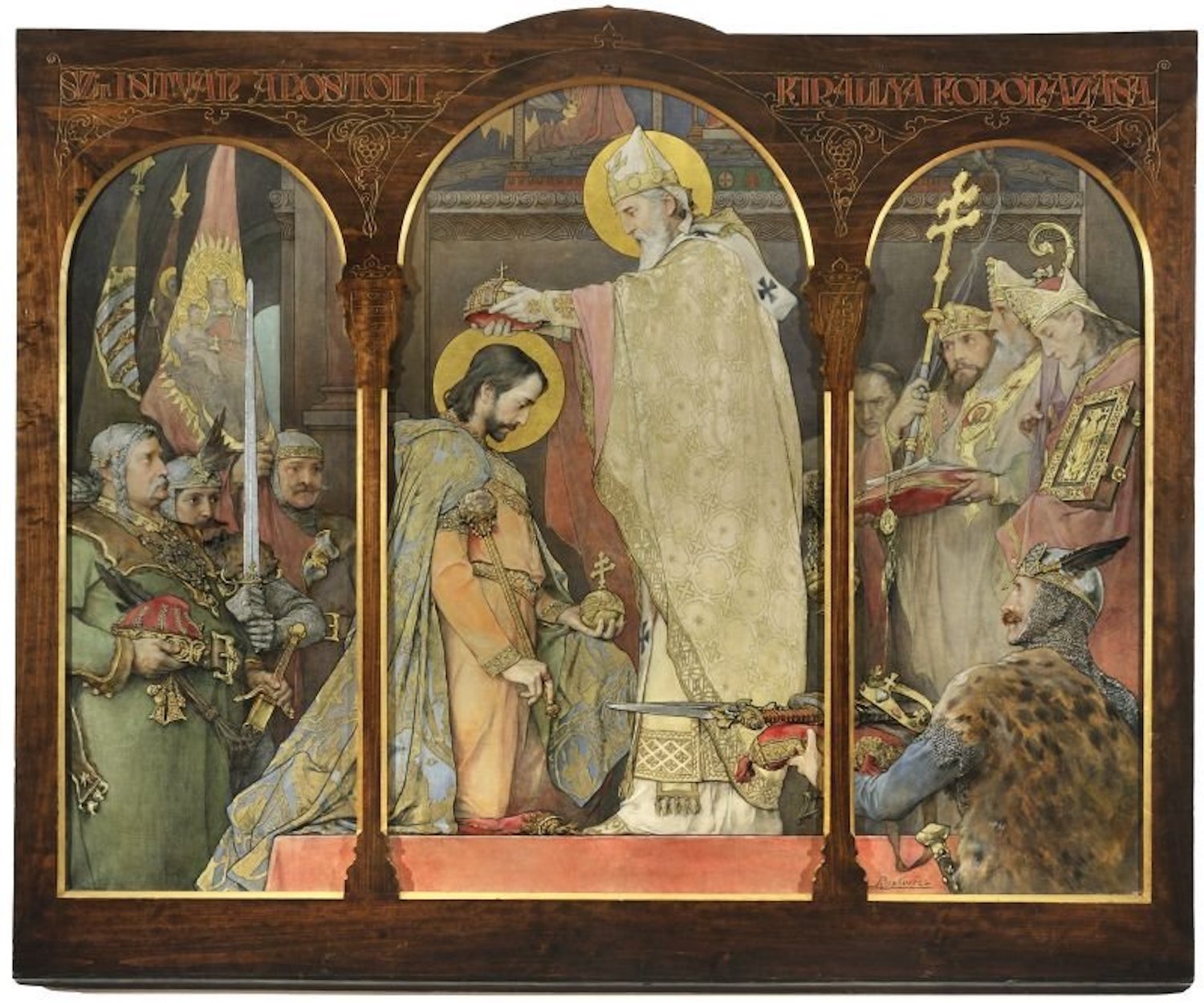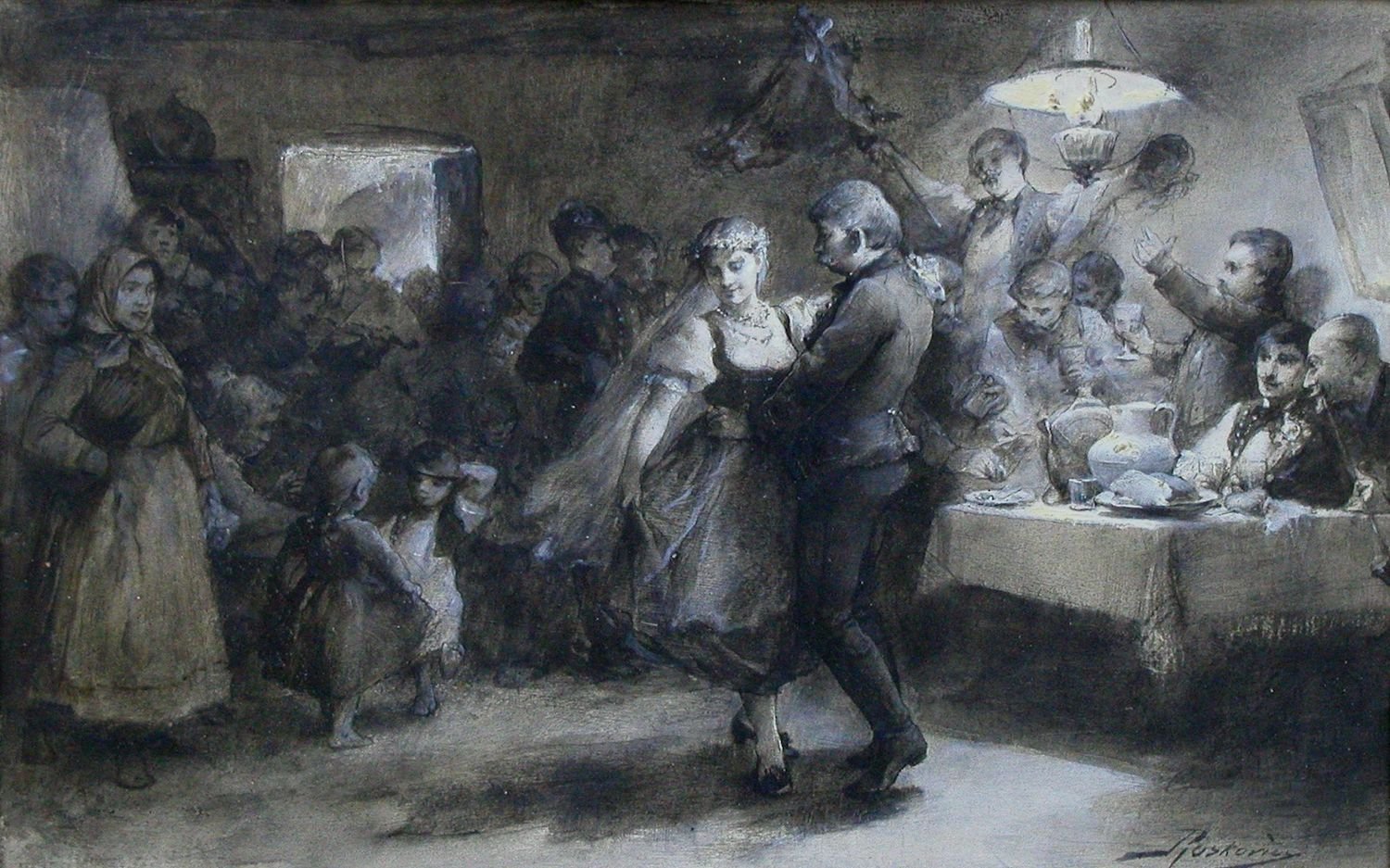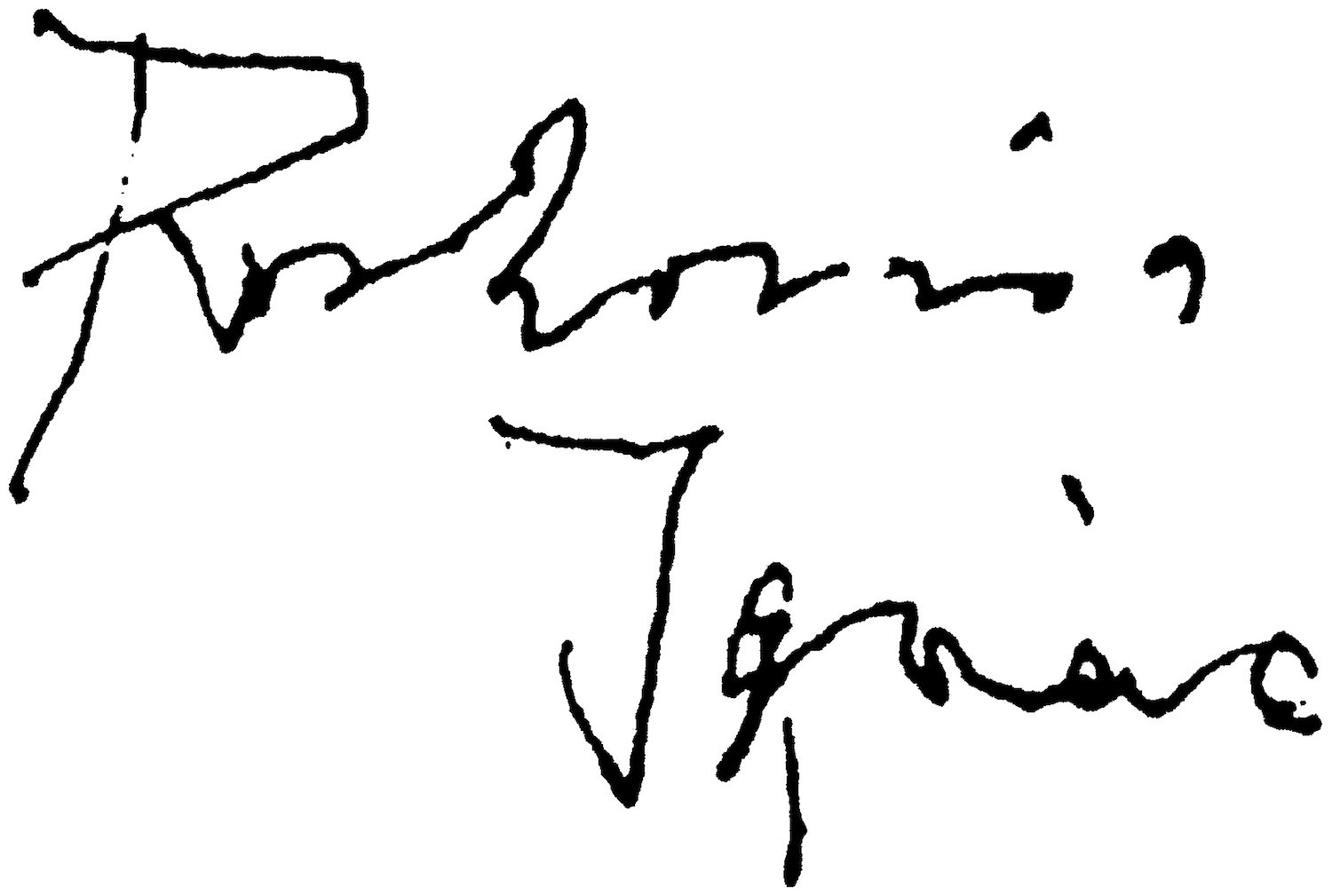This happens every time I come home.
Well . . . most of the time.
OK. It happens occasionally.
Úrfi kijátok or Gentleman’s Play by Ignác Roskovics (1883). Image from https://www.mutargy.com/festmeny-grafika/roskovics-ignac-1854-1915-urfi-kijatok-1883 (accessed 6/27/2022).
I hope Vicki will be happy to have me back after a boatload of Bible Land tours. She needs a sous-chef, after all, to help with Mama Z’s pies!
This little painting captures a moment of bliss. It suggests the kind of romance that sweeps us off our feet.
The original is oil on cardboard, about the size of a sheet of typing paper and done by the hand of one Ignác Roskovics. Roskovics was a portrait artist who studied the people and nature of eastern Europe at the turn of the 20th century.
I met Roskovics for the first time outside my hotel in Budapest. His easel was before him, as was the picturesque Széchenyi Chain Bridge spanning the Danube (no surprise!). Buda Castle Hill was stretching beyond. Roskovics was focused on this landscape. He paid no attention to the gawkers peeking over his shoulder on the promenade. He was absorbed in his work, crayon in one hand, cigarette in the other, bag at his feet. He seemed so comfortable . . . in bronze.
This life-sized statue of Ignác Roskovics stands on the sidewalk outside outside the Intercontinental Hotel in Budapest. It was created by Ukrainian sculptor Mihály Kolodko and introduced in 2014.
Ignác Roskovics was born into a Greek Catholic family in a small Slovakian village. Between 1885 and his death in 1915 he lived and worked in Budapest. There he painted people, ordinary as well as great. Those who are “in the know” connect him with the school of Munich realism. The school is often characterized by its muted tones and its melancholy nature. A quick Google search reveals formal roots in Roskovics’ work, no doubt a result of his short term of study in the academy in Munich.
Serbian peasants from southern Hungary by Roskovics. Image from https://ww1.habsburger.net/en/media/ignaz-roskovics-serbian-peasants-southern-hungary-illustration-1891 (accessed 6/27/2022).
This realism may be found in his religious work as well. Devotional themes and applications of his considerable talents are seen in panels and frescoes and ceramics and altarpieces. This religious art undoubted paid the bills and preserved his legacy, but it was not these structured illustrations that made him one of the best known Hungarian artists of yesteryear.
The Coronation of Saint Stephen (1900). Image from https://en.mng.hu/artworks/the-coronation-of-saint-stephen/ (accessed 6/27/2022).
It was his informal and pleasurable touch that people enjoyed, the kind seen (above) in the homecoming of Gentleman’s Play (1883). There, feet arch and the skirts fly. Similarly, it was for his painting A Little Red Apple a few years later (1890) that Roskovics was awarded a prize and a Grand Diploma of the Hungarian Society of Fine Arts. Numerous copies of this painting were made, bolstering his popularity.
I’ve studied A Little Red Apple but find it a bit stilted. I still prefer Gentleman’s Play (above) or his Bridal Dance (below).
Roskovics’ Menyasszonytánc or Bridal Dance (1888). See how the groom swings the face of his bride into the light? Lovely. You can almost hear the mandolin and the clapping. Even the kids are dancing! So fluid. So joyful!
Image from https://i.pinimg.com/originals/fc/7c/fa/fc7cfa7e2d0307d69f227a7b08b53660.jpg (accessed 6/27/2022).
Roskovics was a part of a wave of impressionism that danced away from the stiff lines of the realists.
That’s why I was delighted to find him out of studio and on the sidewalk in front of our hotel. This is where a good impressionist ought to be: out where the breeze and the light are always shifting. Out where the people are.
To capture the fleeting moments—and joys—of life, we must go outside.
Portrait of a man with cocked hat and cigarette (1884). Image from https://gallery.hungaricana.hu/hu/TortenelmiKepcsarnok/1000864/?list=eyJxdWVyeSI6ICJUSVBVUz0oRmVzdG1cdTAwZTlueSkifQ&img=0 (accessed 6/27/2022)
The signature of the artist. Image from https://www.kieselbach.hu/artist/roskovics_-ignac_4781(accessed 6/27/2022).
Bible Land Explorer is adding a new adventure to our offerings. We will be hosting an African safari in 2023. Between July 27 and August 5 we will return to the big game parks in Tanzania, including the Serengeti, Ngorongoro Crater, and Tarangire. We will four-wheel drive and tent camp (or “glamp,” really!) in the Serengeti and follow the Great Migration of the wildebeest. It is one of the wonders of the natural world. This expedition is already half-full. If you are interested in signing on for a wild time, click here or contact BibleLandExplorer@gmail.com.
